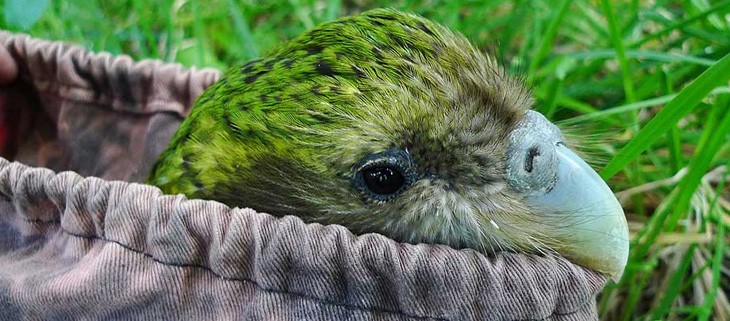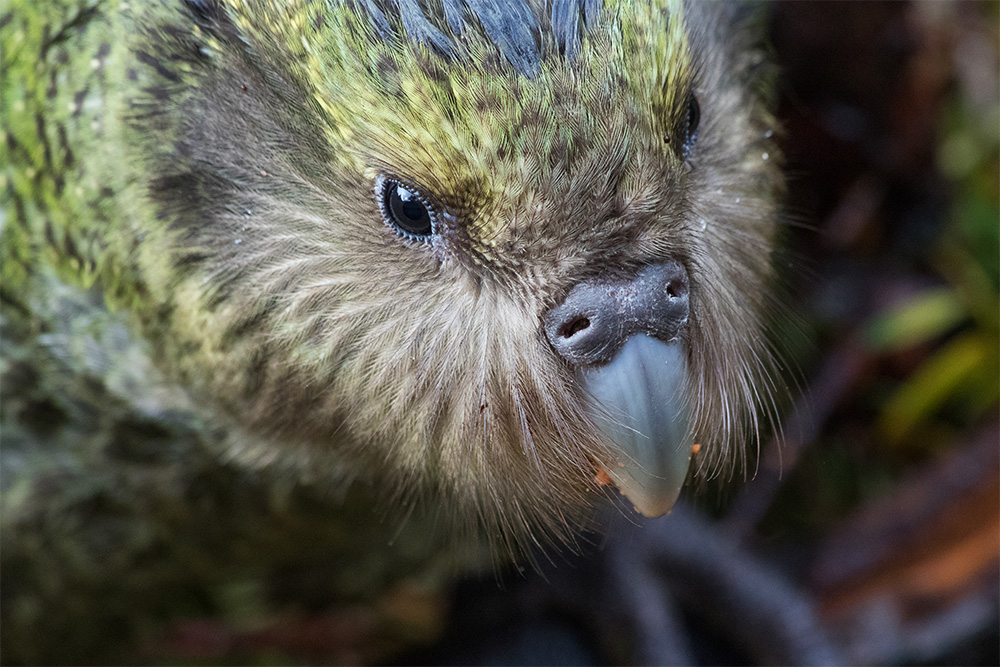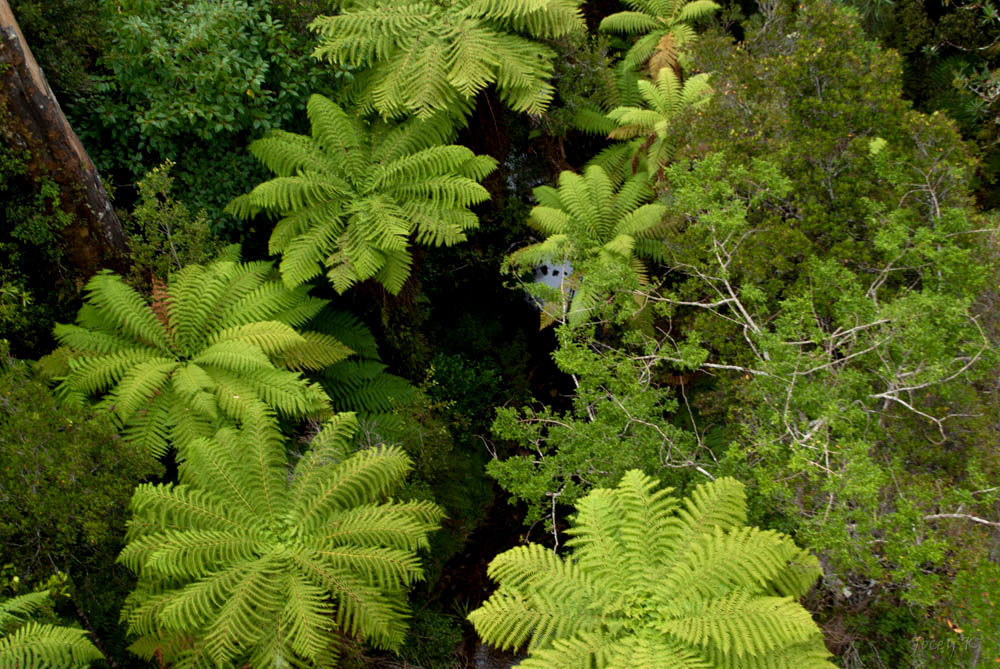December 4, 2024
The Ebiil Society: Champions of Palau
Ann Singeo, founder of our partner organization the Ebiil Society, shares her vision for a thriving Palau and a flourishing world of indigenous science!
We use cookies to help you navigate efficiently and perform certain functions. You will find detailed information about all cookies under each consent category below.
The cookies that are categorized as "Necessary" are stored on your browser as they are essential for enabling the basic functionalities of the site. ...
Necessary cookies are required to enable the basic features of this site, such as providing secure log-in or adjusting your consent preferences. These cookies do not store any personally identifiable data.
Functional cookies help perform certain functionalities like sharing the content of the website on social media platforms, collecting feedback, and other third-party features.
Analytical cookies are used to understand how visitors interact with the website. These cookies help provide information on metrics such as the number of visitors, bounce rate, traffic source, etc.
Performance cookies are used to understand and analyze the key performance indexes of the website which helps in delivering a better user experience for the visitors.
Advertisement cookies are used to provide visitors with customized advertisements based on the pages you visited previously and to analyze the effectiveness of the ad campaigns.
Our new online shop is live!

The future of the vibrant, forest green Kakapo has long been uncertain, due to human-introduced invasive rats, stoats, and feral cats. However, thanks to 3-D printing technology, this year’s breeding season
The Kakapo is one of the more peculiar species within the avian world. In fact, it is referred to by some as the owl parrot thanks to the owl-like and somewhat comical appearance of its wide beak. It’s goofy and cute appearance aside, it is also the only species of bird in the entire world which is both nocturnal and flightless. However, what makes it unique also puts it at risk. Its inability to fly coupled with its habit of halting in peril at the sight of a predator has led to the steady decline of this species. It is currently categorized as Critically Endangered by the IUCN Red List, with only 147 adults currently residing on predator-free islands in New Zealand.

Assisting this bird in repopulating proves challenging, given its tendency to only breed every 2-4 years. Kakapo breeding coincides with years of good fruit abundance. Specifically, when the Rimu tree bears a new crop of fruit which only happens every 2-4 years. This in addition to inbreeding, have led to only 50% of Kakapo chicks surviving to fledge. Zoologist, author, and kakapo expert Alison Ballance commented regarding the breeding challenges:
It’s frustrating, and it’s disappointing, and it’s euphoric.”

3D printing to the rescue! The implementation of 3D-printed smart eggs, activity trackers, and a drone have helped bring this spectacular bird back from the brink. So how does it work? Fertile eggs are removed and incubated in a special room only to later be returned and hatched in captivity. During this time, the mothers sit on the 3D-printed smart eggs which begin to make noise as the time approaches for the real chicks to arrive.
Since December, this year’s breeding season has boosted the survival of 52 Kakapo chicks, one of the most successful breeding seasons on recent record. Andrew Digby, scientific advisor for the New Zealand Department of Conservation’s Kakapo Recovery Program said:
It’s definitely record-breaking in terms of modern times of Kakapo breeding. We’ve never had anything like this.”
Apart from the Kakapo being a charismatic emblem for conservation, they have a cultural significance as well. Tāne Davis, who represents the Ngāi Tahu Māori tribe in the Kakapo Recovery Program said:
[They have] a very strong significance for the iwi[tribe]. We treasure them because we respect what these taonga[treasured] species gave to us.”
New technological approaches are providing a renewed sense of hope for this flightless bird, loved the world over. The future is bright for the Kakapo.
Featured Photo: Sirocco, the official Kakapo conservation spokesbird.
Credit: NZ Department of Conservation
Source: National Geographic
Check out other journal entries we think you might be interested in.
Notifications